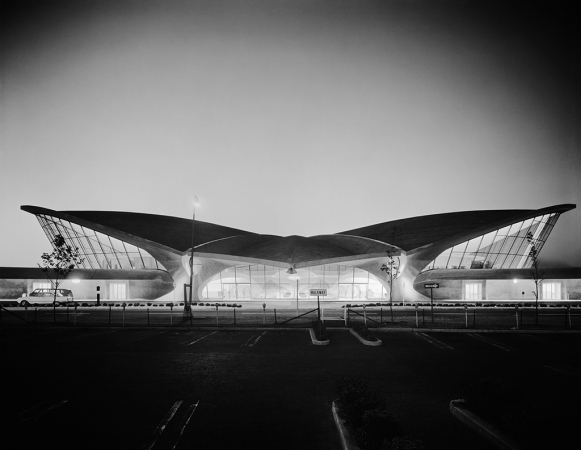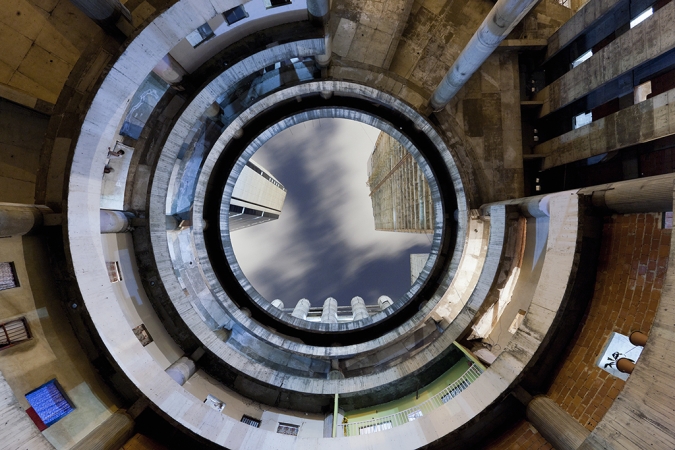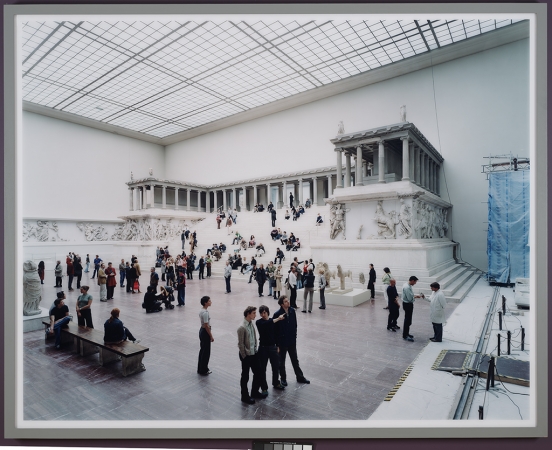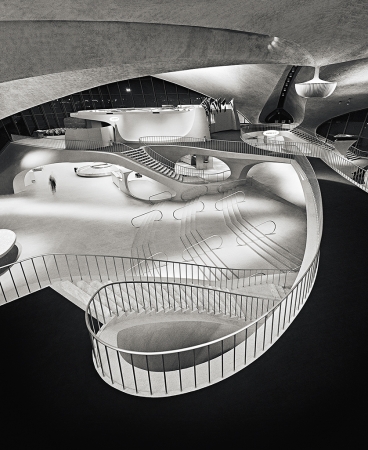Image Building: How Photography Changes the Way We See Architecture Exhibition
Image Building, an exhibition at the Frist Art Museum in Nashville, TN, explores how photography changes the way we see architecture, not only historically documenting a town, city or country but also the social, economic, political and cultural atmosphere during that time.

Photographers, Berenice Abbott and Samuel H. Gottscho, photograph New York City, Manhattan from above, in birds-eye view during the Great Depression. The glowing lights from the tops of the skyscrapers show no sign of the struggle that exists on the city streets. This documents New York City as a symbol of abundance and revival during a time period that was one of the most difficult in our nation’s history. In Iwan Baan’s photograph, The City and the Storm, taken after Hurricane Sandy in 2012, the aerial view shows the power outages and darkness like a black cloak over a city that is typically shimmering with bright lights – a city that never sleeps, put to rest for a short period of time.

Beyond the historic significance, photography transforms the way we see architecture by the perspective of the person behind the camera, who uses the structure and the surrounding elements such as a skyscraper, a multi-story office building or a simple country home to spark a riveting discussion. Even the same building, shot from the same exact angle but with certain elements and filters that emphasis or deemphasis aspects of it completely change the view, manipulating not only the photography and the building in it, but the perception of the observer as well.

For example, New York City’s iconic Rockefeller Center shot from two different photographers is recognizable as the 512-foot tower. Both are shot from a similar angle but by altering the lens and film, the two artistic styles are different. One emphasizes the dramatic geometric features of the center, while the other understates the features creating a blurred effect that fixates on the lights that appear like pearly dew drops leading up to the base of the tower.

Other photographs feature commercial structures and urban cityscapes turning the mundane and even grittier conditions into eye-catching works of art.

Digital manipulation is the final section in the exhibition featuring photographs that are pieced together but imagined places. The architecture and surrounding environment does not actually exist as the artist depicts in the image but focuses more fully on it’s symbolic meaning creating unique and surrealist scenes.
Architecture, already a symbol of functional artwork in our everyday world, is reexamined and revitalized through a photographers lens, creating a unique relationship between architect, artist and observer.